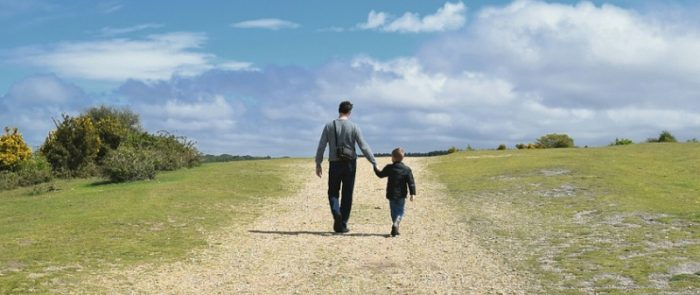Cultivate Healthy Happy Self-Esteem
“The Time Travel Technique”
By Dr. Roxanne Daleo
Have you ever heard or had someone say to you, with good intentions of course, “how can you be so dumb as to…!”
Educational social psychologist, John Gottman’s research on the impact of criticism reports that five positive to one negative criticism mars the individual’s self-concept. In other words, it takes five times as many praises to one critical comment to restore a person’s esteem. That is why the old saying which my mom often referred to is so true: “you catch more flies with honey!”
You can capture your child’s heart with sweetness and honey words of praise using the following. “The Time Travel Technique” illustrates a clever way to anchor your child’s attention in his/her innate positive personal aspects to leverage fostering feeling good about him/herself.
Self-love is essential to self-esteem. You can cultivate the capacity for your child to feel good about himself as he grows into his future-self. How? By helping your child name and know those traits about himself he’s proud of and appreciates about himself. Listing the positive virtues acts like a propeller for healthy, positive self-concept. Consistency is key to the development of positive self-regard.
Here’s how you can make it work. Start with those physical attributes your child was born with such as, the color of her hair, the dimples in her smile, the brightness of his eyes, etc. and name those attractive aspects after a bath or hair washing. “The Time Travel Technique” begins by bringing your child’s attention to:
1.the PRESENT moment “Oh, your hair looks so beautiful today, especially shiny after it’s washed!”
2.Then travel to the PAST “I remember when you were a little baby, the color of your hair in the sunlight brought out the beautiful color!”
3.Next travel to the FUTURE “And I know tomorrow when you brush your hair after a wash, it will glimmer and glow that special color!”
Allow your voice to have a rhythm which your child can follow. Jumping back and forth in the fashion of jumping double-dutch. Notice you can use your voice to lead your child’s reasoning back to the past babyhood, then present, then future self and back again. Back and forth, all the while inserting “yes!” and “you see that?” and “yes!”
Let’s try this technique to point out behaviors that reveal qualities you want to develop in your child. You can give your child the compliment that matches their capabilities and competence in this way.
1.Bring your child’s attention to the PRESENT moment “And you know, honey, that was so kind and caring of you to give your baby brother some of your toys to play with.”
2.Then travel to the PAST “And, yesterday, I noticed how you want good things for other family members and your friends too; like when you read Grandma’s favorite book to her! Yes!”
3. Travel to the FUTURE “And I know tomorrow, when someone needs your kindness, you’ll give them your caring attention by asking ‘can I help you?’”
This script serves as a method to have your child envision or visualize a positive self- image. I call this “phase-ology.” It is the science of visualizing into the future using precise scripting or narrating.
When you help your child know his significance and identity, you cultivate a strong sense of self. By pointing out the behaviors that are life-long skills in managing his emotions, your child receives social and emotional education. Try this next one, it’s the most valuable capacity he can master.
1.Bring your child’s attention to the PRESENT moment: “Hey, Jerry, I noticed you calmed your-self. You calmed down using self-talk! I heard you say to yourself: ‘don’t punch, stay calm.”
2.Travel to the PAST “When you were a baby in your crib, you could calm down by singing and humming to yourself, did you know that?”
3.Travel to the FUTURE “Yes, and I know tomorrow, you’ll remember to slow down, breathe and sing to yourself instead of hitting and throwing things. Yes, and that’s because inside you, you have a special way of calming yourself naturally and automatically by humming and singing. Do you see that? Yes, that’s so wonderful, really, honey!”
As parents and teachers, we can either “uplift” our children and others or “tear down” by our energy and the words we choose.
You can make a difference in the way your child feels about him/herself by putting FOCUS on the now, anchoring a knowingness of the self from the past, then bringing attention to the future-oriented behavior. That’s how you time travel with parental potency and positivity, instead of yelling, reprimanding or criticizing.
Remember the magic ratio is 5:1. It takes five positive comments to offset one negative comment. So be on the alert to catch your child in the act of doing something he/she can be proud of and remark on that, reinforce that good thing about your child and you’ll get good behavior. But more importantly, your child will grow a truly good feeling about him/herself and his capabilities. Look here This is the basis for healthy self-concept.









